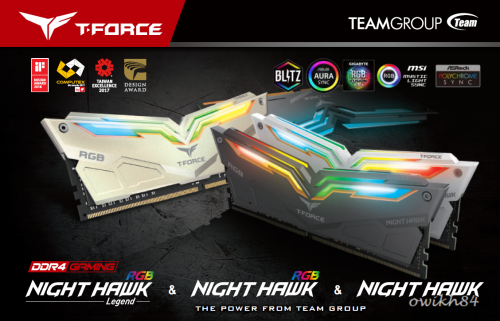
Introduction
The worldwide gaming market is boosting up drastically, which sees increase of demand in high-performance PC components. TeamGroup has been working continuously to cater the needs of consumers in various aspects with the introduction of T-Force product line, which is specifically designed for professional gamers and overclocking enthusiasts.
T-Force series of products include gaming memory modules, SSD and other peripherals such as RGB controller and mousepads. For memory modules alone, we have the XTREEM, DARK, VULCAN, and NIGHT HAWK with breathing LED lights. T-Force gaming RGB memory provides outstanding DDR4 overclocking potential and adds coolest style to gaming environment.
The memory kit that I received today arrived in the form of the T-Force Night Hawk RGB, specifically comes with a part number of TF2D416G3600HC18EDC01. It is a kit of two 8GB memory modules, which is configured to run in Dual-Channel mode at the specified memory frequency of 3600 MHz, timing of 18-20-20-40-2T, and operating voltage of 1.35V. The RGB lighting is compatible with various RGB control software of major motherboard vendors, including ASUS Aura Sync, GIGABYTE RGB Fusion, MSI Mystic Light, and ASRock Polychrome Sync.
Stay with me as I will be checking out how does the memory kit perform at the specified frequency as well as performance gain from overclocked speed.
Product Link: https://www.teamgroupinc.com/en/product/nig...night-hawk-ddr4
Suggested Retail Price: RM 589 (Amazon: USD $89.99)
Specifications:
| Product Name | TeamGroup T-Force Night Hawk RGB |
| Model Part Number | TF2D416G3600HC18EDC01 |
| Speed | DDR4 3600 MHz |
| Timing | CL 18-20-20-44-2T |
| Capacity | 2 x 8GB |
| Data Transfer Bandwidth | 28,800 MB/s (PC4 28800) |
| Operating Voltage | 1.35V |
| Dimension | 53(H) x 147(L) x 9(W)mm |
| Heat Sink | Aluminum Heat-Sink |
| Warranty | Lifetime Warranty |
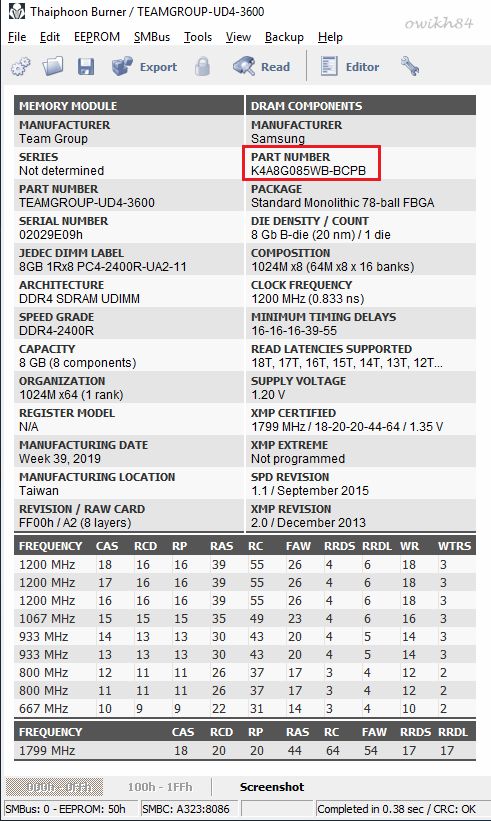
Thaiphoon Burner software allows us to access to more details about the memory modules, including the manufacturer, country of origin, part number, die density, JEDEC SPD, XMP specifications and so on. From here, we also know that the memory ICs being used came from Samsung’s B-die, which is currently the top performing memory ICs that money can buy in the market.
Product Features:
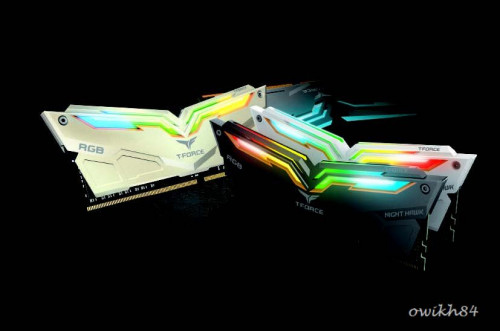
Main Features of NIGHT HAWK RGB / NIGHT HAWK Legend RGB
• DDR4 LED RGB full color lighting effects
• Using JEDEC Association latest RC 2.0 circuit configuration
• Supports T-FORCE Blitz control (Beta version)
• Supports ASUS Aura Sync
• Exclusive hawkeyes with battle totem design
• 1.2~1.4V ultra low working voltage with 40% energy saving
Considered both performance and compatibility
Night Hawk RGB strikes a new color scheme and new specifications, Night Hawk Legend edition. Provided DDR4 3200 and DDR4 3600 8gb x2 high frequency solutions. Which will focus on both performance and compatibility for intel and AMD platforms.
Meanwhile this would make the Legend edition really fits the role in gaming and become the dream device for enthusiastic gamers for the best gaming experience.
Creative concepts of NIGHT HAWK RGB
Inspired by new creative concepts, Team Group created the NIGHT HAWK RGB luminous memory module with heat spreaders in black and white colors. Whether it is the mysterious black night hawk or the pure white night hawk, No matter in the dark or under the light, they are both kings at pursuing top speed. Their hawkeyes glitter sharply with colorful lights go-above and beyond anyone else.
Support T-FORCE BLITZ / ASUS AURA SYNC / GIGABYTE RGB Fusion / MSI Mystic Light Sync software
T-FORCE NIGHT HAWK RGB offers full-color, variable, synchronized lighting. The lighting and synchronization are controlled with T-FORCE BLITZ (beta version)[1] or ASUS Aura Sync[2], and after being synchronized, there are 8 built-in light display modes to choose from. You may also control the lighting and some synchronization effects with GIGABYTE’s RGB Fusion [3] or MSI’s Mystic Light Sync[4]. Besides, you can express yourself by customizing your own lighting display. No matter which you choose, it is sure to look cool.
[1]: T-FORCE BLITZ (beta version) may be downloaded from the TEAMGROUP website or T-FORCE NIGHT HAWK RGB webpage.
[2]: T-FORCE NIGHT HAWK RGB supports Asus AURA Sync which can control the lighting effect and achieve complete synchronization of lighting effects.
[3/4]: T-FORCE NIGHT HAWK RGB is compatible with GIGABYTE RGB FUSION /MSI Mystic Light Sync and some system lighting synchronization effects, but the system lighting synchronization functions with RGB FUSION will only be possible once GIGABYTE/ MSI updates its software.
Unique hawkeyes with battle totem line design. The Symmetric type heat spreader
Team Group design team inherits the unique style from the NIGHT HAWK, also adding the battle line that shines as bright as the sun around the hawk eyes. Moreover, it is using top notch extrusion process and high precision CNC computer machining to finely create a symmetric type heat spreader like hawk wings. After NIGHT HAWK RGB is installed on the motherboard, the sharp hawkeyes start to shine bright, the invincible nighthawk is ready to fly and dominate the world of gaming.
Unparalleled Performance
NIGHT HAWK RGB is using the latest JEDEC RC 2.0 PCB. Compared to other manufacturers, the transmitting signal of PCB is increased by 35%. Since the distance between the power layer and the signal layer has increased, there will be no interference between the power and the signal, also
has a better efficiency and performance. It offers players the ultimate sensation of overclocking and a highly stable memory module.
Hawk wings symmetric type heat spreader with unique hawkeyes light guide panel design
The TEAM GROUP design team had built a LED luminous memory module with an all new design concept. It is using top notch extrusion process and high precision CNC computer machining to finely create the hawk wings symmetric type heat spreader with the unique hawkeyes design on the LED light guide panel. After NIGHT HAWK is installed on the motherboard, the hawkeyes glitter sharply and the NIGHTHAWK is ready to spread its wings to fly into the night of racing sensation.
XMP2.0 1-step overclocking technology
All NIGHT HAWK series support Intel XMP 2.0. It is only one step away to experience the high speed sensation of overclocking.
Ultra low working voltage 40%
With low working voltage 1.2~1.4V from DDR4 NIGHT HAWK, it is not only energy saving but it can also reduce the temperature and the heat generated to offer the high-speed running memory a stable and longtime operation.
QVL approved by motherboard manufacturers
Multiple compatibility verifications with mainstream DDR4 motherboards to make sure its stability with all motherboards on the QVL(Qualified Vendor List). Therefore, you wouldn’t’ have to worry about compatibility issues when purchasing high speed memory.
Award Certification
• 2018 iF DESIGN AWARD
• TAIWAN EXCELLENCE 2017
• COMPUTEX d&i Awards 2017
• Golden Pin award 2016


 Nov 12 2019, 10:14 PM, updated 7y ago
Nov 12 2019, 10:14 PM, updated 7y ago Quote
Quote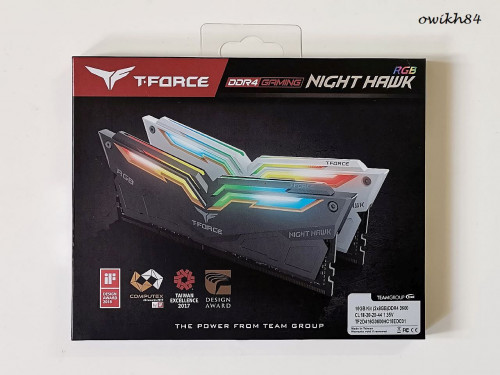
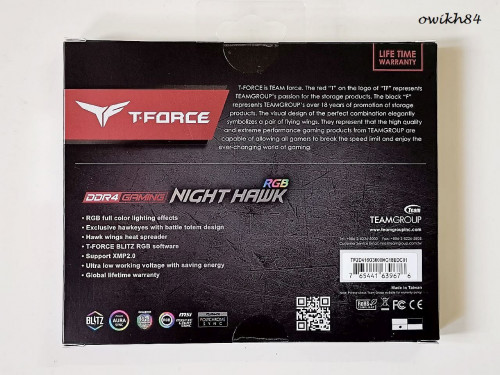
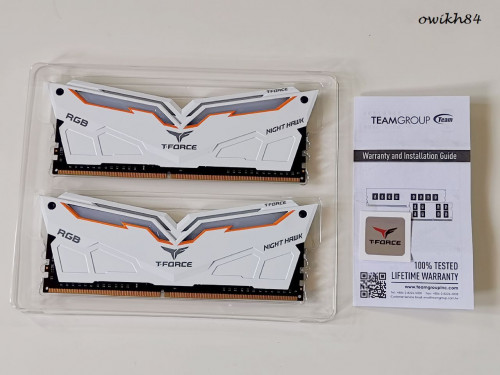
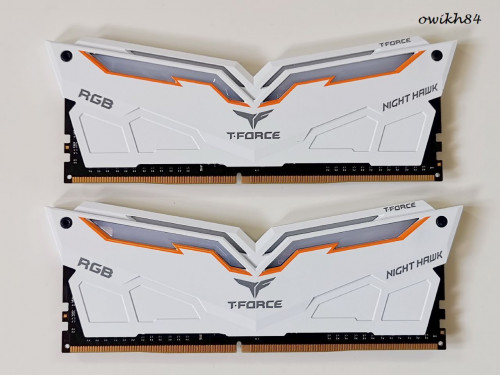
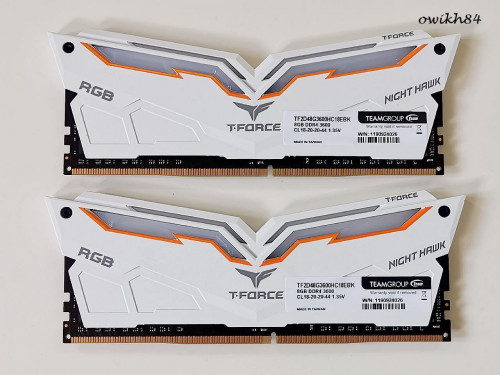

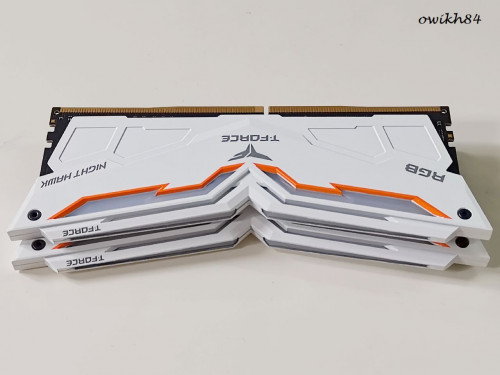
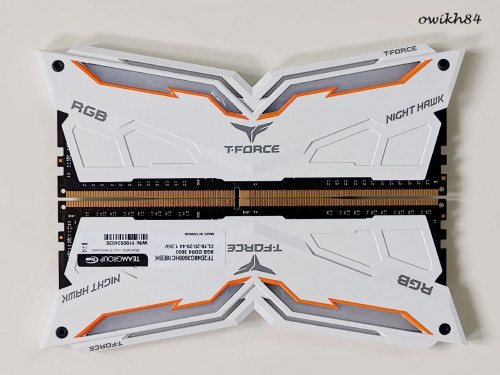
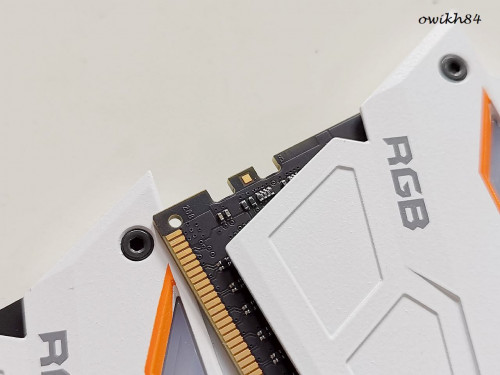
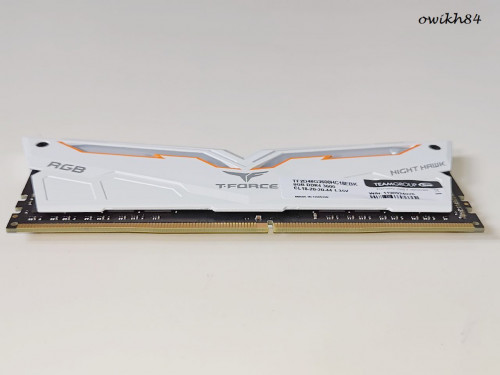
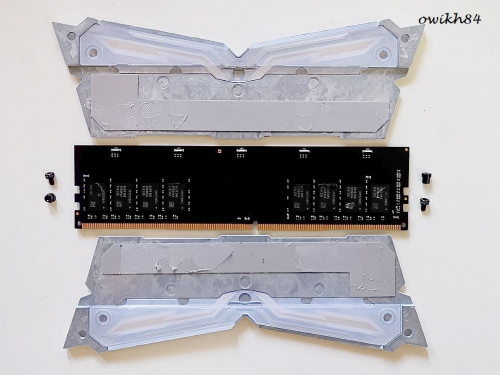
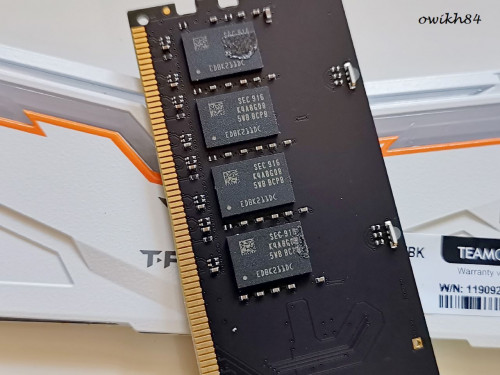
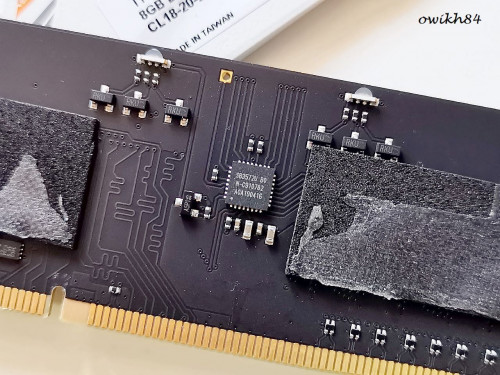
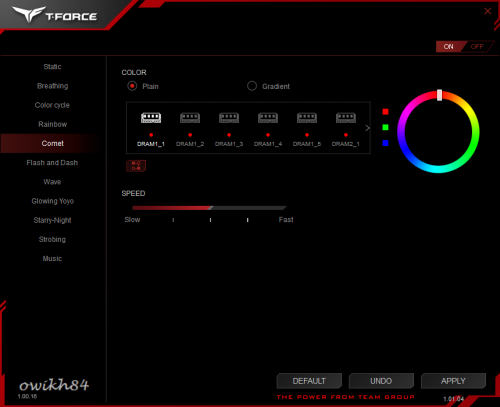
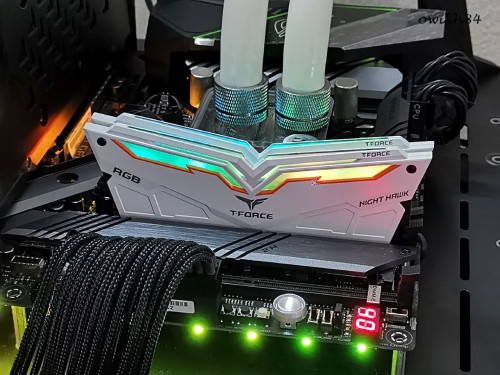
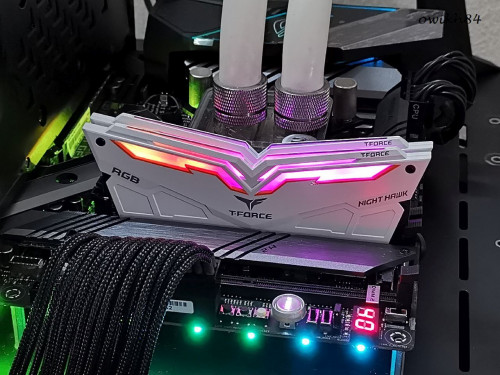
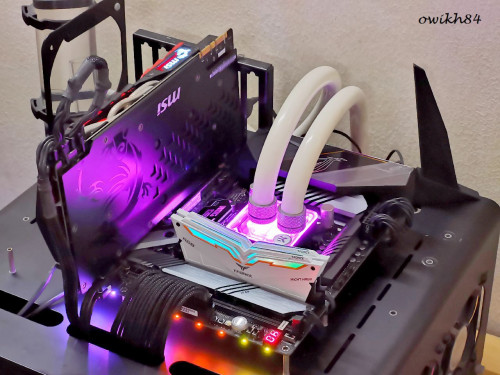
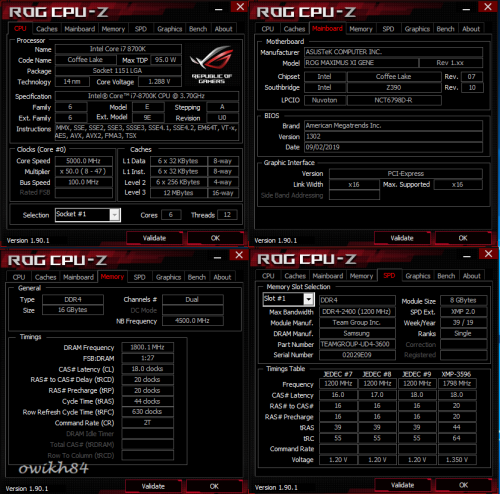
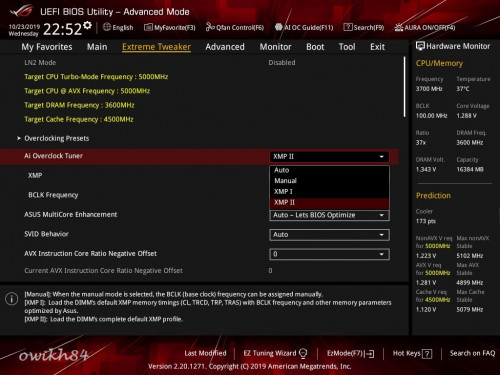
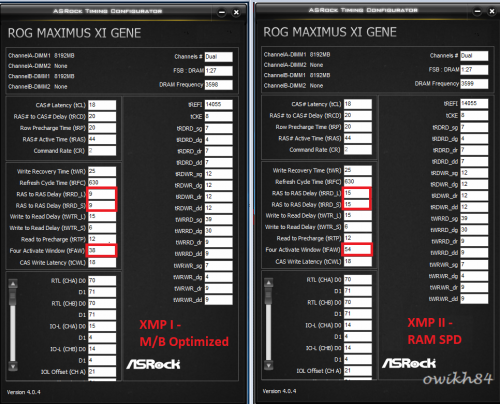
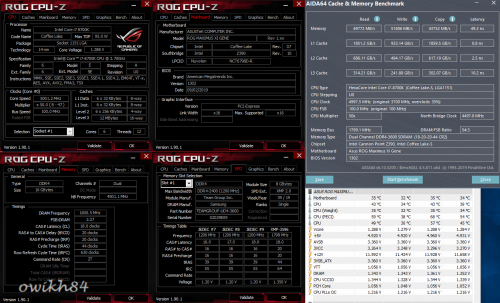
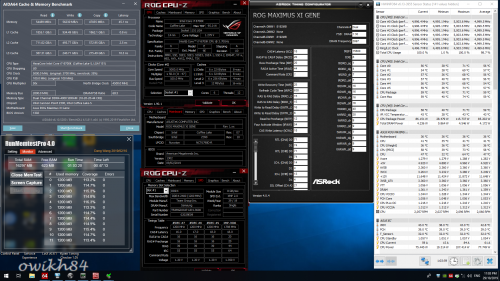
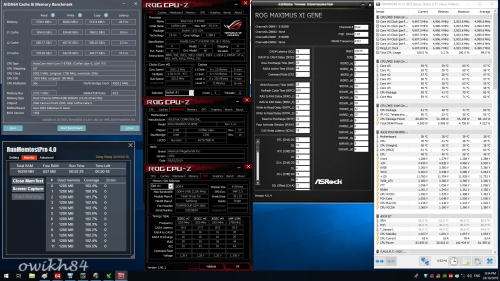
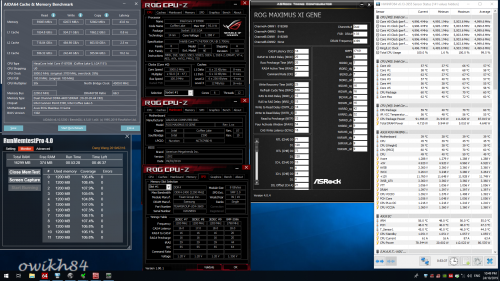
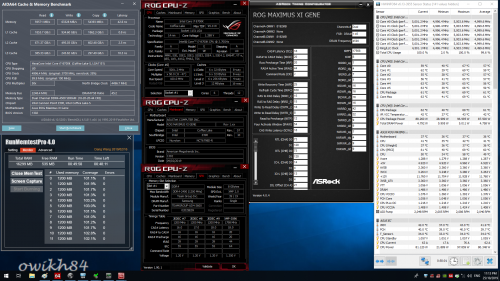
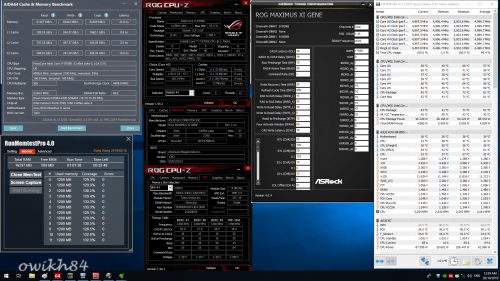

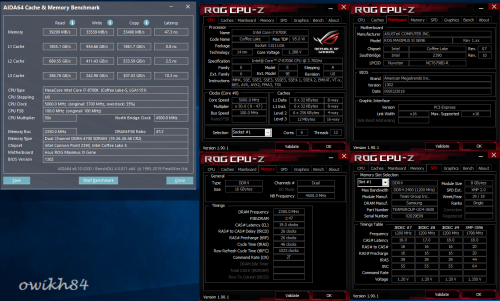
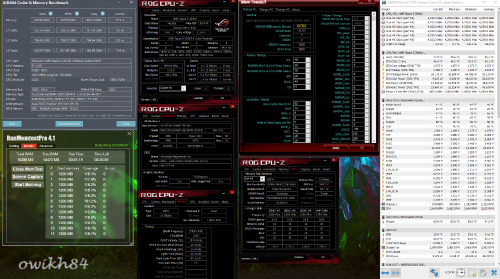
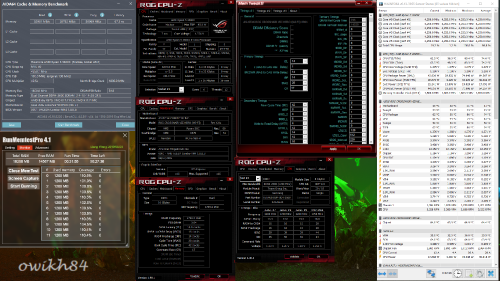
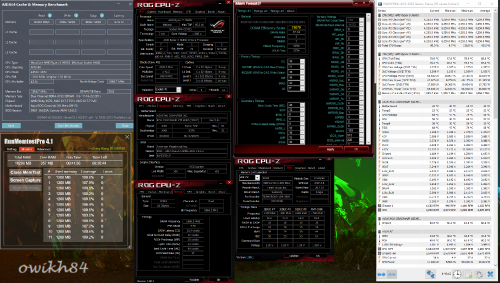
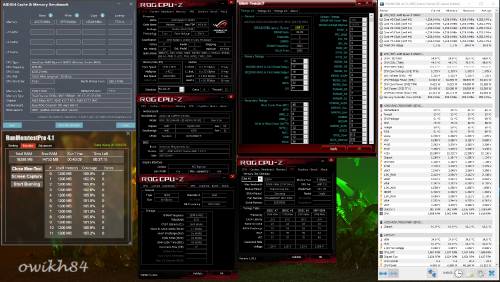
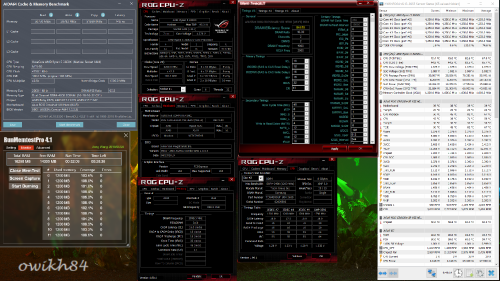
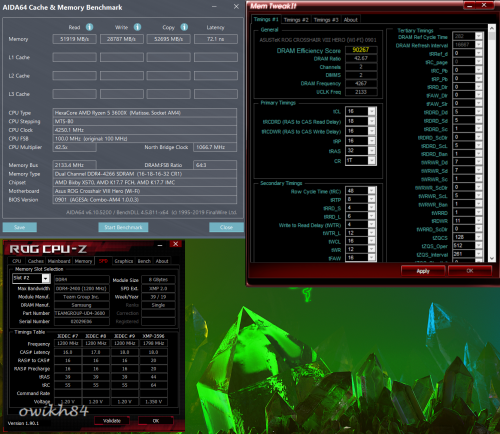
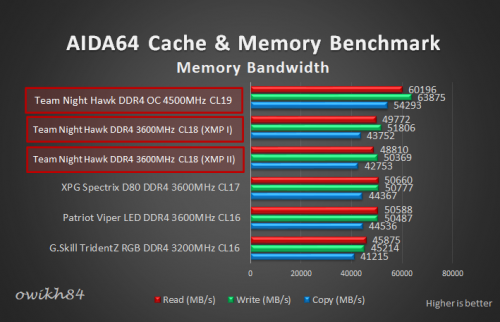
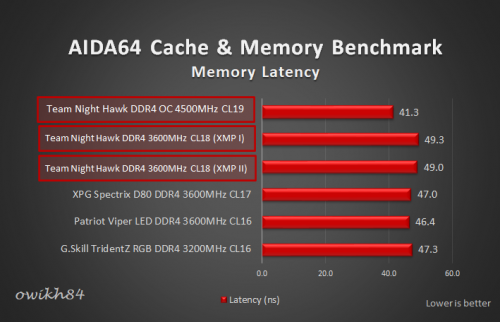
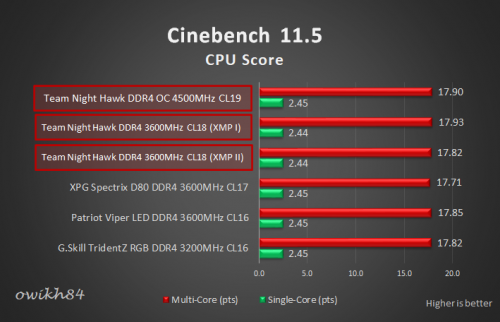
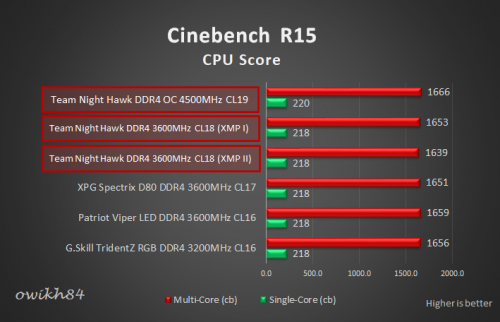
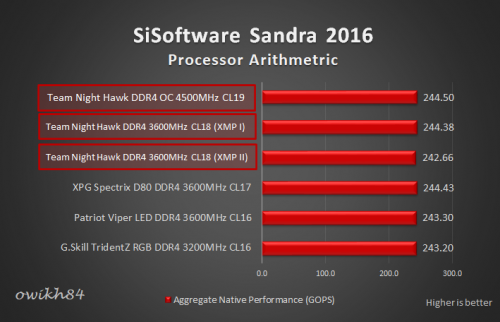
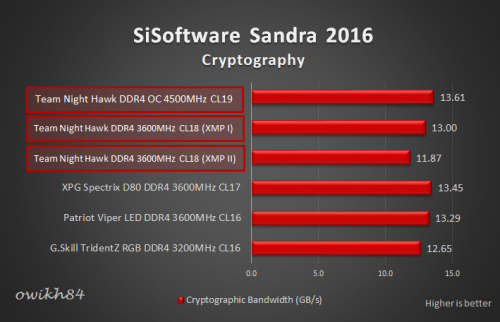
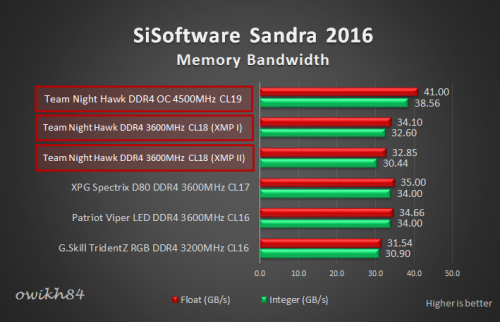
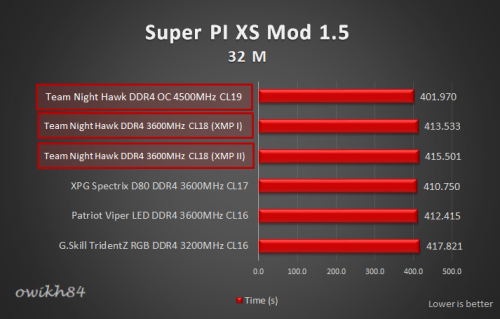
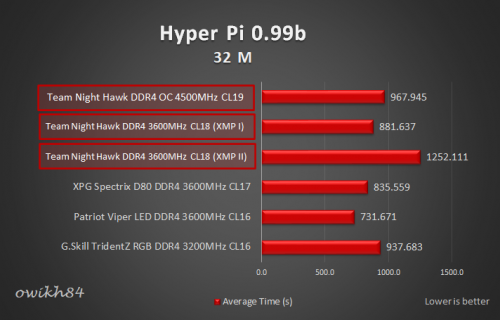
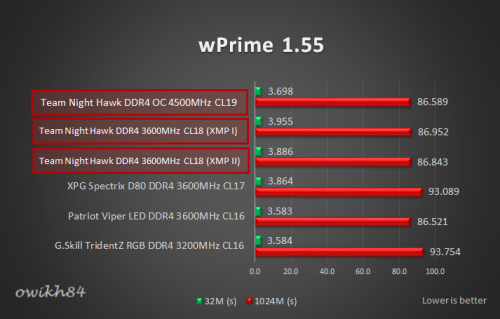
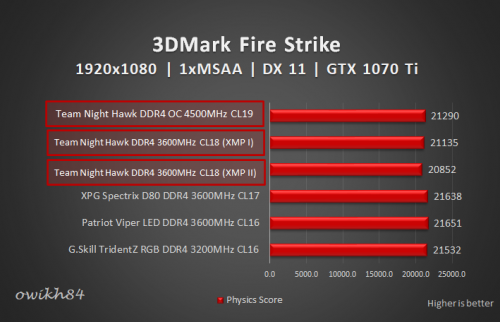
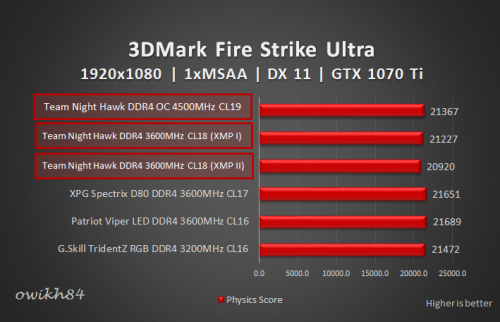
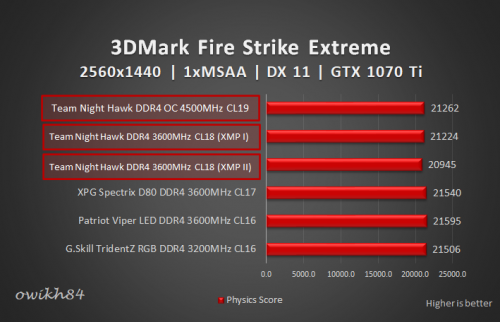
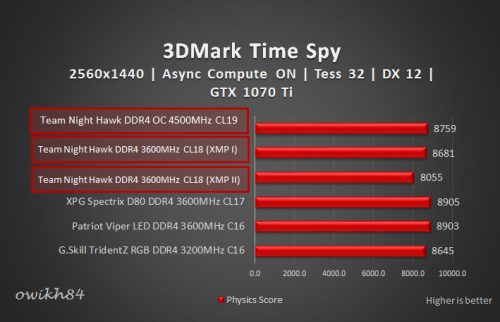
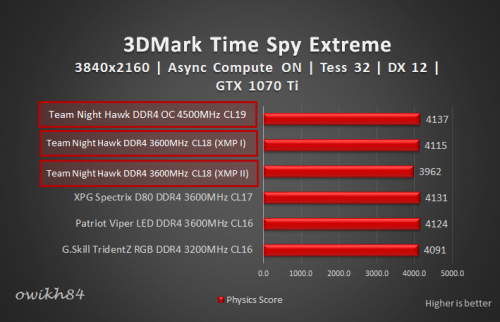

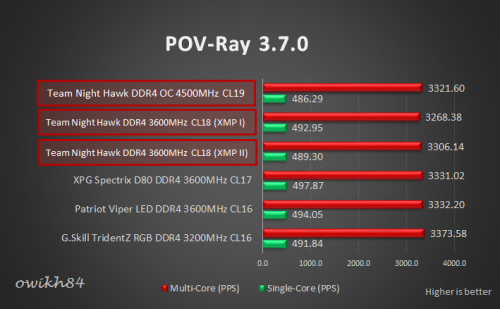
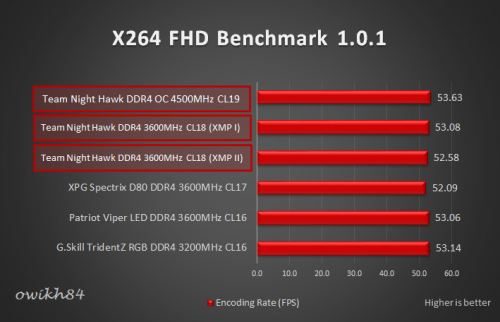
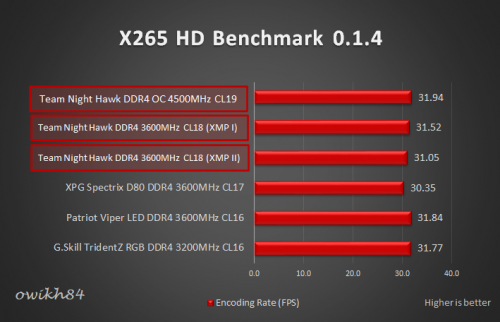
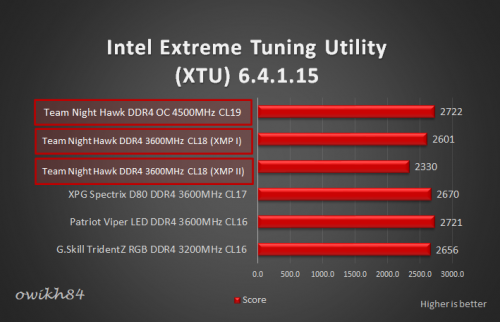
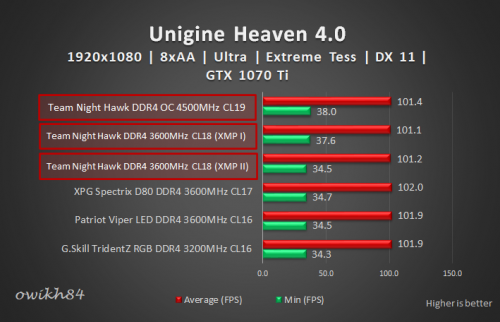
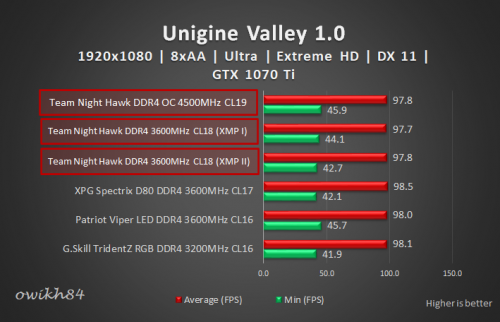
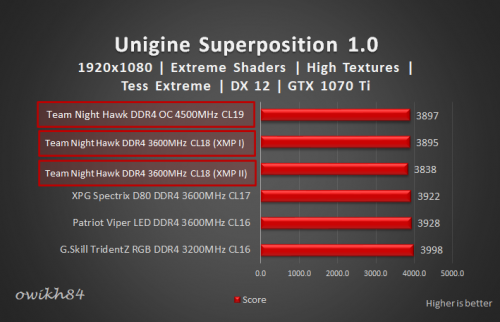
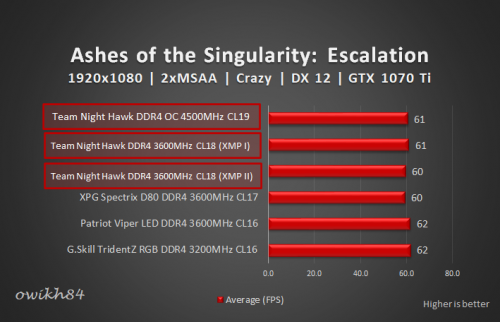
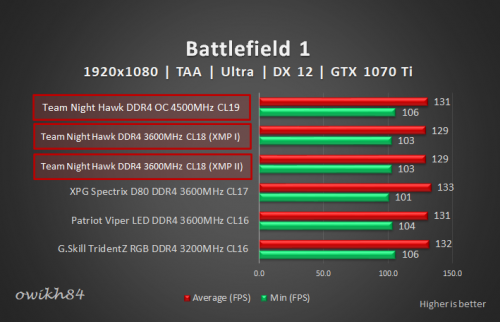
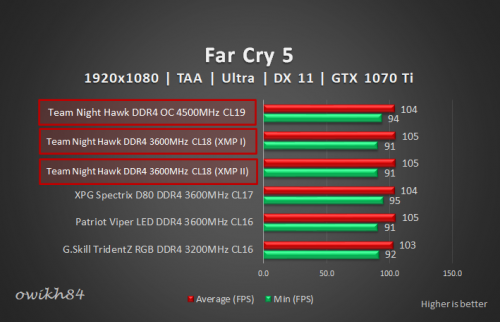
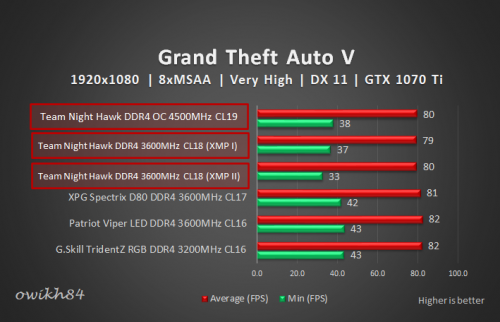
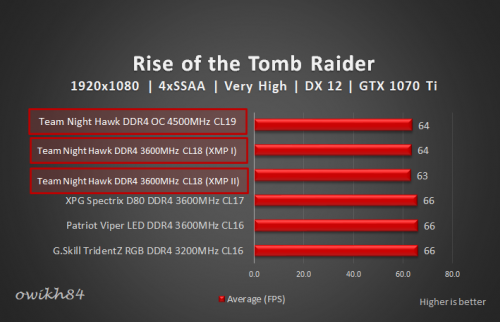
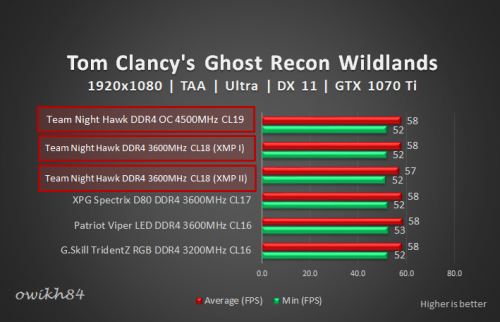
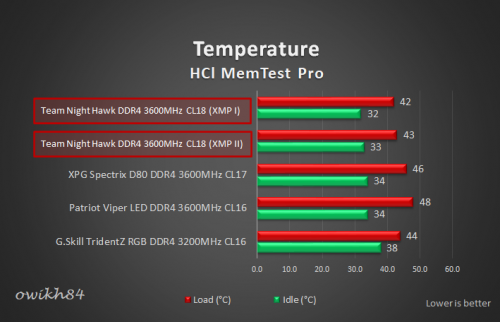
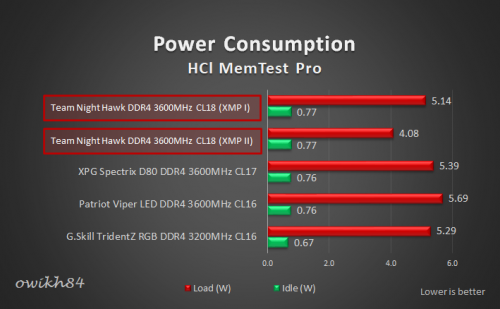
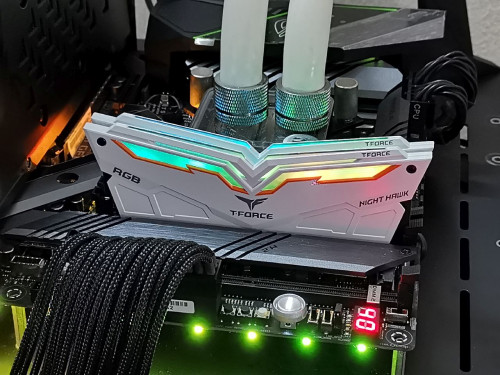
 0.1886sec
0.1886sec
 0.62
0.62
 5 queries
5 queries
 GZIP Disabled
GZIP Disabled